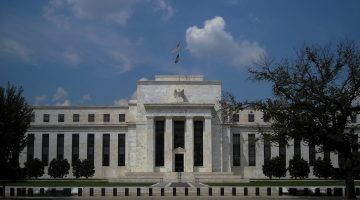 Mario Seccareccia and Marc Lavoie over at INET:
Mario Seccareccia and Marc Lavoie over at INET:
A recent piece by Lawrence Summers and Anna Stansbury titled “Whither Central Banking?” in Project Syndicate comes as a breath of fresh air in the evolving world of central banking. Since the 1990s, there emerged from the ashes of old-line monetarism (with the Friedmanite belief in the control of monetary aggregates to stabilize an economy) a new framework whose key feature was an understanding that all that central banks could really do effectively is to control interest rates through setting the target rate in the inter-bank market for funds within the clearing and settlement system.
The new framework was inspired by Wicksellian ideas about interest rate setting that quickly spread almost universally throughout central banks internationally, as the latter redefined their mandate in favor of a single objective, usually a 2 percent inflation target. In this new framework, the only concern of central banks was to assure that, through the control of the overnight interbank rate, an inflation target can be easily achieved. The art of central banking was reduced to hovering up the central bank rate whenever the inflation rate began to inch up above the 2 percent target rate and to reduce the rate when the inflation rate went below target.
More here.
